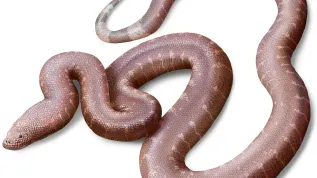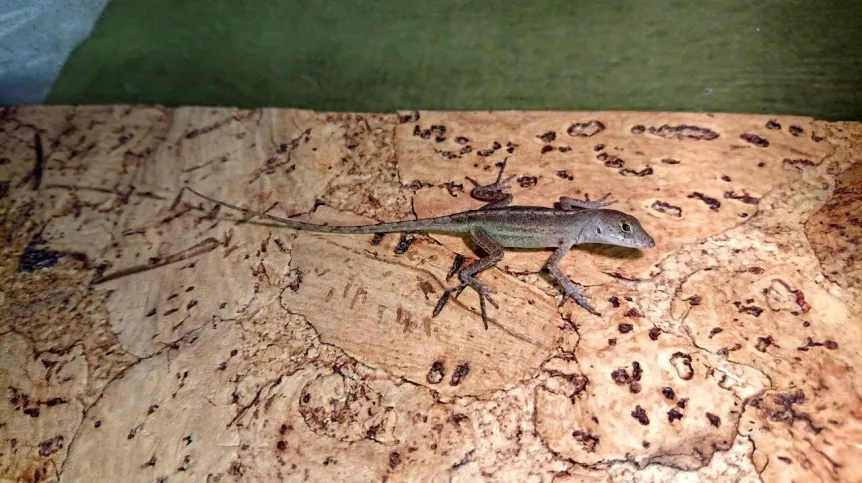
Scientists from the University of Silesia have described two Anolis sagrei lizard embryos showing a rare combination of developmental defects that have not been previously documented in reptiles.
The abnormalities, affecting both the head and the digits, closely resemble rare human genetic disorders such as Apert syndrome.
“The developmental anomalies (malformations) we have discovered in brown anoles are extremely rare and strikingly resemble human craniofacial disorders such as Apert syndrome, frontonasal dysplasia, and Pfeiffer syndrome,” said Dr. Paweł Kaczmarek from the Institute of Biology, Biotechnology and Environmental Protection at the University of Silesia in Katowice. “Interestingly, some of them also resemble features characteristic of chameleons, evoking the ‘hopeful monsters’ hypothesis.”u człowieka, a z drugiej dotyczą zagadnień ewolucyjnych. Dostarczają tym samym argumentów, że w niektórych przypadkach mutacje powodujące znaczące zmiany fenotypowe, takie jak wygląd zewnętrzny, mogą przyczyniać się do skokowych zmian ewolucyjnych.
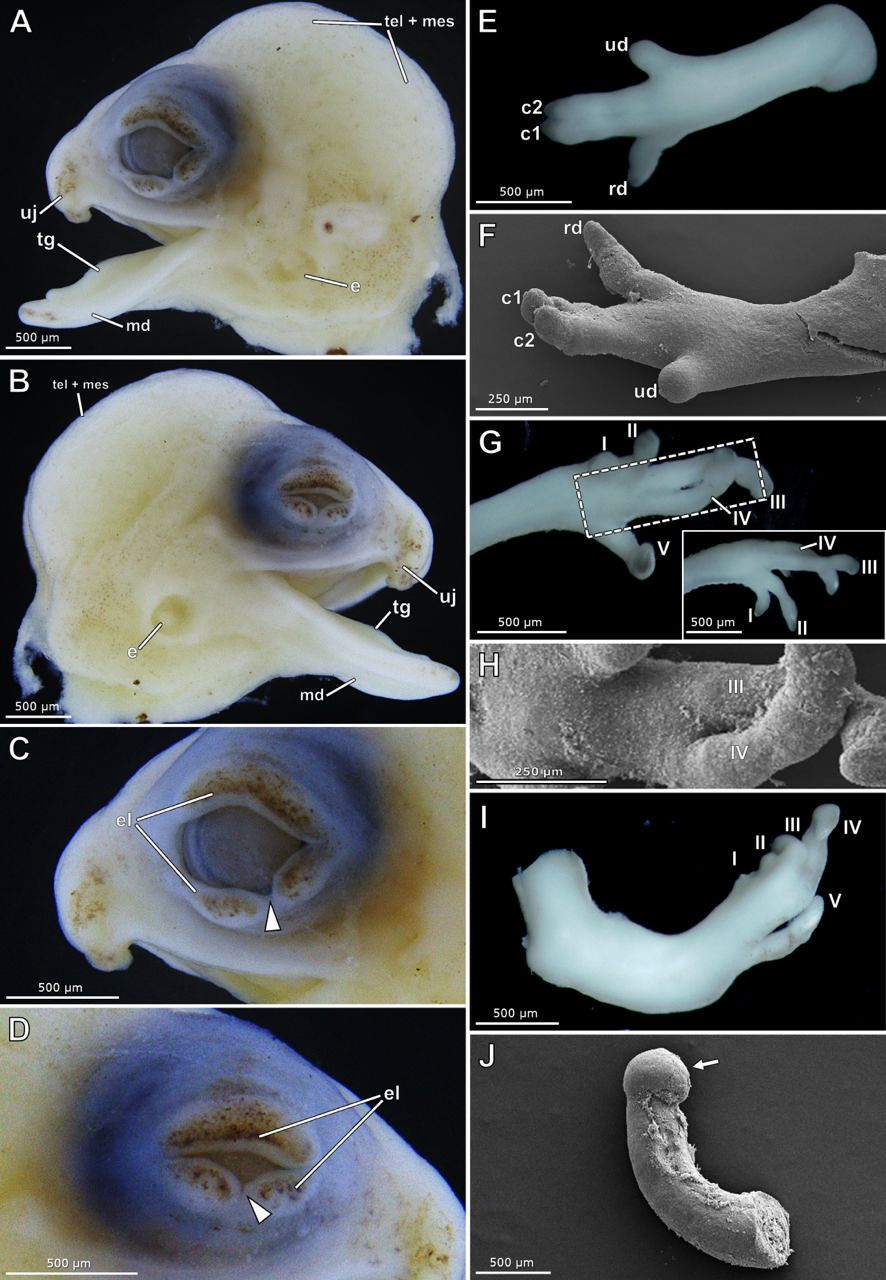
Genetic diseases perpetuated by evolution
The findings, published in the Journal of Anatomy, have both biomedical and evolutionary significance. “On the one hand, they can be used to better understand the mechanisms responsible for the development of rare diseases in humans,” Kaczmarek said. “On the other, they concern evolutionary issues — providing arguments that in some cases, mutations causing significant phenotypic changes, such as external appearance, may contribute to evolutionary leaps.”
Kaczmarek and his colleagues, Dr. Weronika Rupik and Julita Jakubiec, study the embryonic development of reptiles, focusing primarily on lizards and snakes. During several projects, the team identified more than a dozen embryos with abnormal morphology, two of which stood out due to the simultaneous presence of severe cranial and limb malformations.
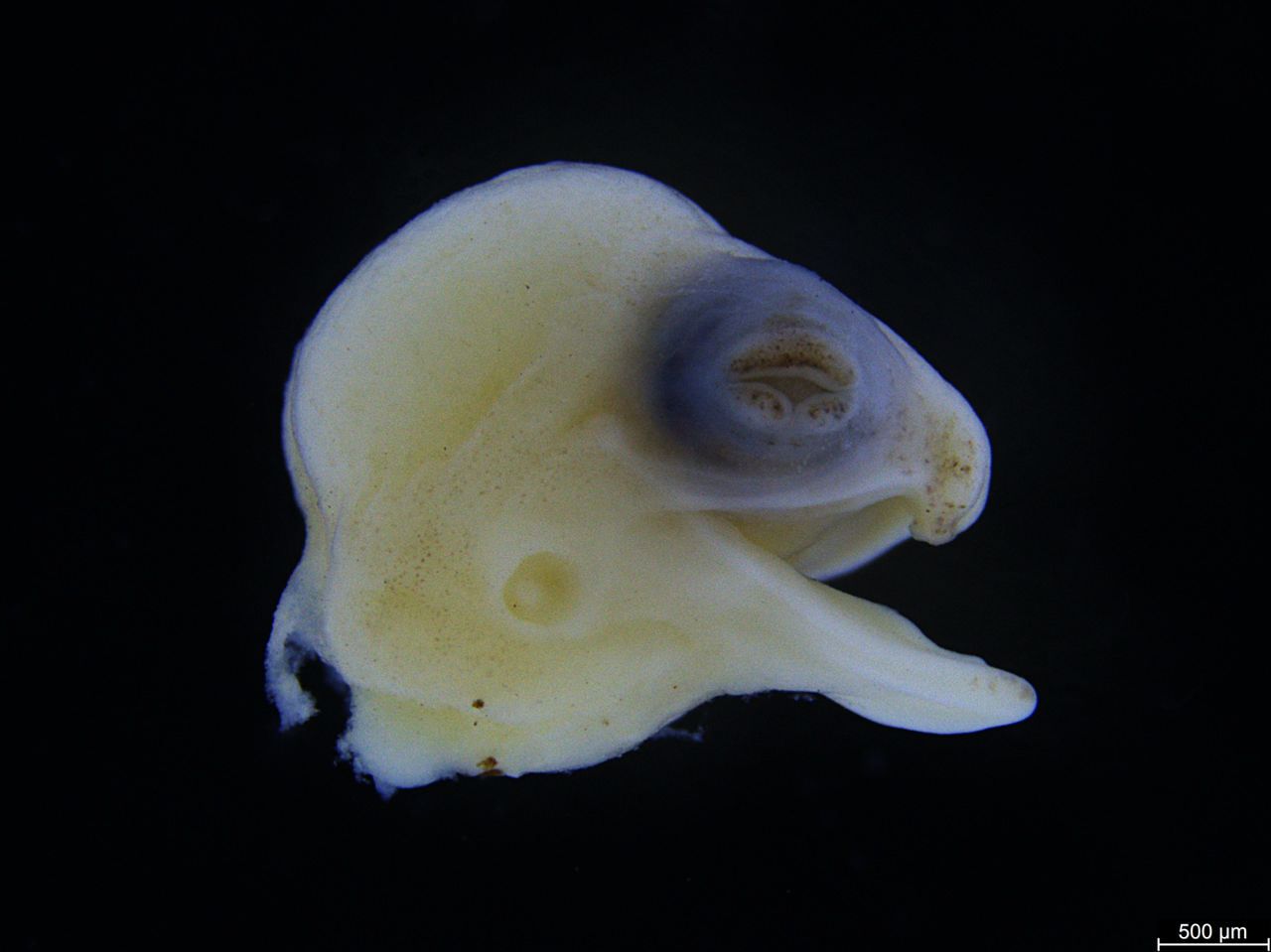
“In addition to head malformations such as mandibular prognathism — a forward protrusion of the jaw — a slight shortening of the upper jaw, cleft palates, eye abnormalities, and premature closure of some cranial sutures, we also observed fusion of the fingers, known as syndactyly,” Kaczmarek said. “The co-occurrence of this type of head and limb malformations in a single individual is extremely rare. It immediately reminded us of rare human genetic syndromes.”
One of those conditions is Apert syndrome, a rare genetic disorder that occurs once in tens of thousands of births. “It is caused by mutations in the fibroblast growth factor receptor (FGFR2) gene, responsible for the proper development of many organs: bones, brain, and skin,” Kaczmarek explained. “The fact that we observe similar changes in lizards suggests a disruption in one of the key signalling pathways. Because the common ancestor of humans and lizards lived approximately 320 million years ago, it appears that certain developmental mechanisms are so conserved that their disruption causes similar morphological changes in distantly related species.”
The research team believes the discovery could help in developing reptile-based models for studying rare human genetic diseases. “It offers an opportunity to use reptilian models in research on the causes and progression of rare human genetic diseases,” Kaczmarek said.
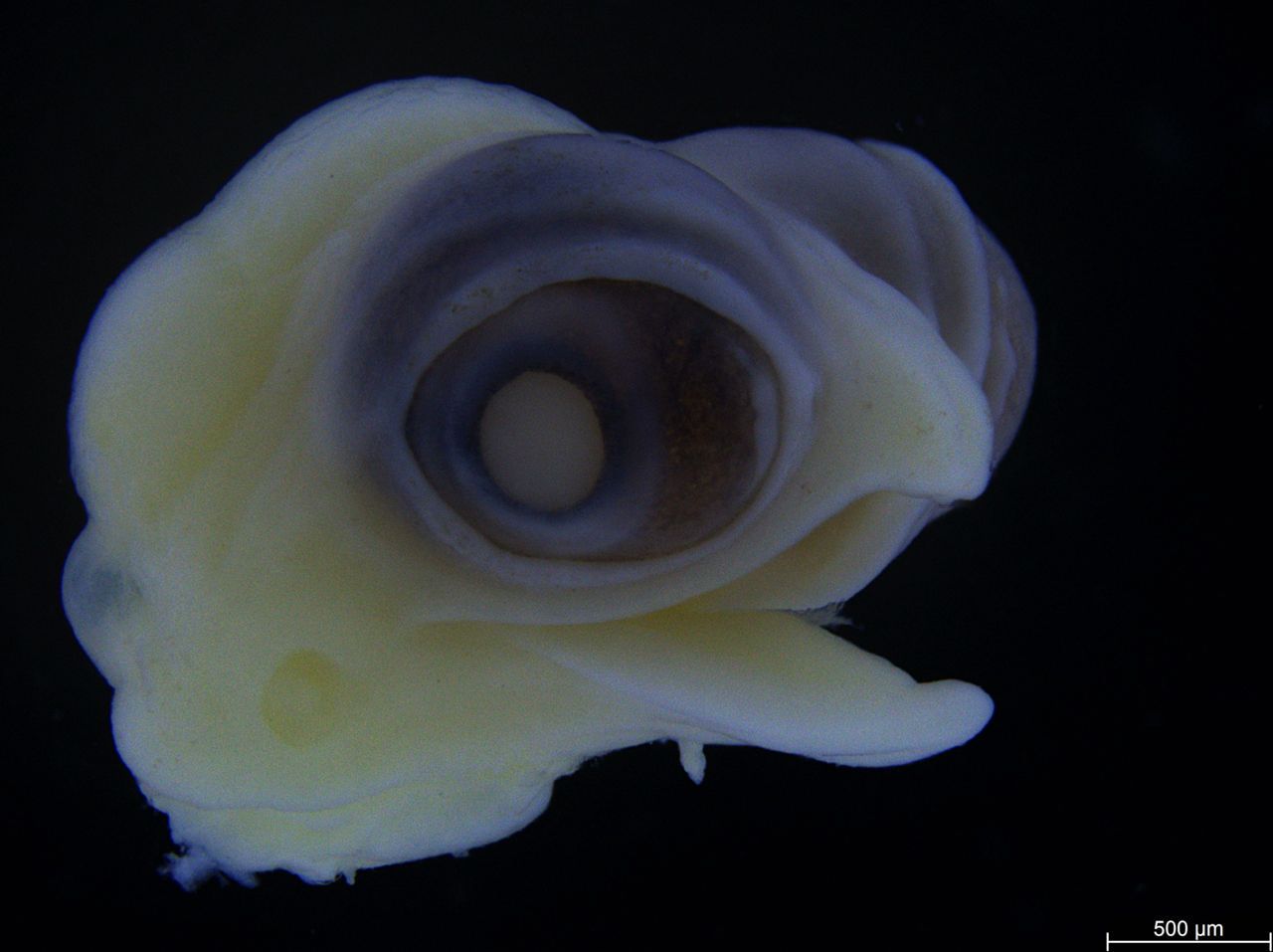
Evolutionary context and the “hopeful monsters” hypothesis
The scientists also explored the evolutionary implications of their findings. The defects partially resembled features typical of chameleons, such as fused digits, hypertrophied eyelids, and modified skull structures.
“We know that in chameleons, this is an evolutionary adaptation,” Kaczmarek said. “Fused sets of digits help them grab branches, and almost completely fused eyelids better protect the protruding eyes. What is a disadvantage in one species may prove to be an advantage in another.”
This observation led the team to draw on the “hopeful monsters” hypothesis — the idea that major evolutionary changes can sometimes arise suddenly through macromutations rather than through gradual adaptation. “Under certain conditions, significant and sudden changes can become the basis for adaptation and give rise to a new species,” Kaczmarek said. “We do not know if this type of potential characterized the studied embryos, but according to the ‘hopeful monsters’ hypothesis, in some organisms serious morphological changes are usually unfavourable and prevent survival, while in others they may become the starting point for a new adaptive trait.”
Naturally occurring cases
Kaczmarek emphasized that the embryos developed under natural conditions and were not exposed to teratogenic or extreme incubation factors. “These were spontaneous cases that were successfully preserved and described,” he said. “Similar situations are rarely documented in the scientific literature, as most embryos with serious defects die in the early stages of development or do not survive after hatching.”
Due to the limited research material, genetic testing has not yet been performed, though the team hopes to carry it out in the future. “The brown anole is gaining importance in science,” Kaczmarek said. “It is not like the mouse or zebrafish, which are classic model organisms, but when it comes to reptiles, this lizard is becoming an important research species. Including additional species in experiments will allow us to gain a broader perspective on developmental mechanisms.
PAP - Science in Poland, Katarzyna Czechowicz
kap/ agt/
tr. RL

